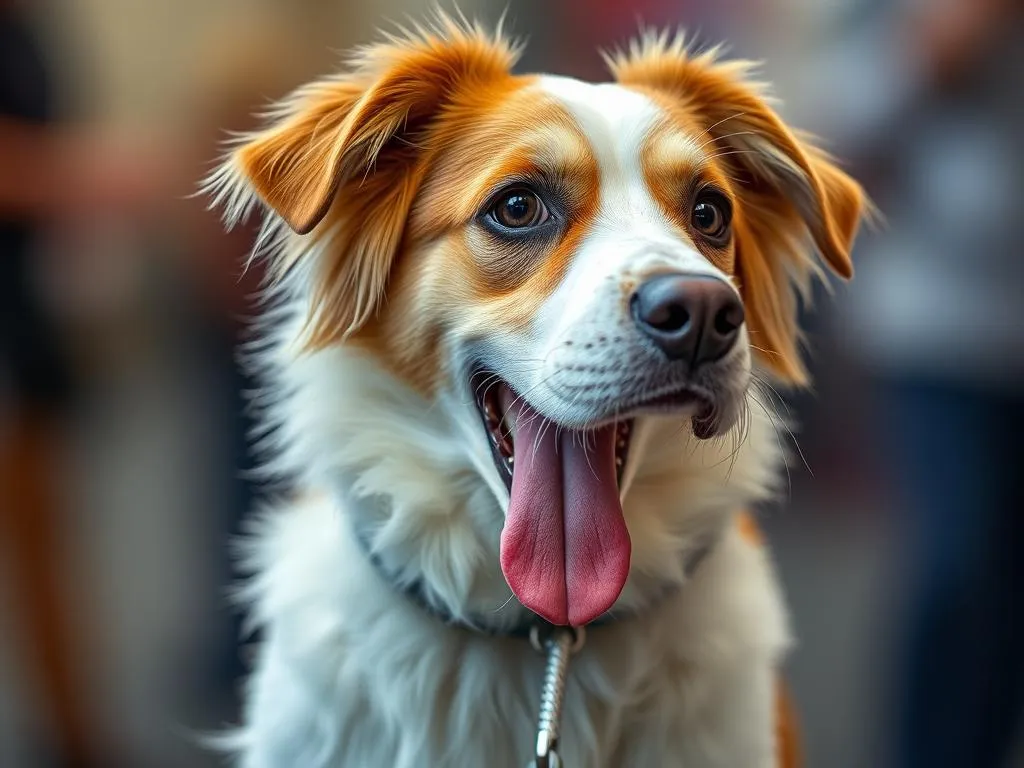
Introduction
Dog shows are a celebrated aspect of canine culture, drawing passionate participants and enthusiastic spectators alike. These events not only showcase the beauty and skill of various breeds but also highlight the dedication of owners and handlers in training their dogs to meet specific standards. Understanding dog show facts is essential for both enthusiasts and potential participants, as it enhances appreciation for the effort involved and the intricacies of the competitions. In this guide, we will explore the fascinating world of dog shows, diving into their history, types, processes, and the breeds involved.
History of Dog Shows
Early Beginnings
The origins of dog shows can be traced back to the 19th century in England. The first recognized dog show was held in 1859 in Newcastle upon Tyne. This event laid the groundwork for what would become a worldwide phenomenon. Key figures in the early dog show scene included the likes of Sir Edward W. W. L. Ashburnham, who played a significant role in organizing these early competitions, and the establishment of breed clubs that set the standards for various breeds.
Evolution Over Time
Since those early days, dog shows have evolved significantly. The rules and regulations have undergone numerous revisions to ensure fair competition and the accurate representation of breeds. Judging criteria have become more refined, focusing on specific traits that define breed standards. Additionally, as new breeds have emerged and gained popularity, they have found their place in the dog show arena, contributing to the diversity and excitement of these events.
Types of Dog Shows
Conformation Shows
Conformation shows are the most recognized type of dog show, where dogs are judged based on how closely they adhere to established breed standards. These standards cover physical characteristics, such as size, coat, and color, as well as temperament and movement. Major conformation shows, such as the Westminster Kennel Club Dog Show, are prestigious events that attract top competitors from around the world. Winning in these shows can significantly impact a breed’s reputation and desirability.
Performance Events
Beyond conformation, performance events play a crucial role in showcasing a dog’s skills and abilities. These include agility trials, obedience competitions, and herding tests, among others. Performance events allow dogs to demonstrate their intelligence, training, and agility, providing a different perspective on canine capabilities. These competitions are vital for promoting the versatility of breeds and encouraging responsible training practices.
Specialty Shows
Specialty shows focus on one specific breed, allowing breeders and owners to showcase their dogs in a more detailed context. These events are often organized by breed clubs and can include various competitions tailored to the unique characteristics of the breed. Notable specialty shows are often held in conjunction with larger events but offer a more intimate setting for enthusiasts to connect and celebrate their favorite breeds.
The Dog Show Process
Preparing for a Dog Show
Preparation for a dog show is a rigorous process that involves extensive training and grooming. Owners must ensure their dogs are in prime physical condition, which includes regular exercise, a balanced diet, and proper grooming. Socialization is also a critical aspect; dogs must be comfortable around other dogs and people to perform well on show day. Practice runs help dogs acclimate to the show environment, making them more relaxed and confident when it counts.
What to Expect on Show Day
On show day, participants face a bustling environment filled with excitement and potential distractions. A typical schedule includes check-in, grooming, and a series of competitions throughout the day. Handlers play a crucial role, guiding their dogs through the ring and presenting them to judges. Judges evaluate each dog based on set criteria, while spectators enjoy the spectacle and cheer for their favorites.
Judging Criteria
Dogs are evaluated on several factors during conformation shows, including their overall appearance, movement, and temperament. Common terms used in judging include “gait,” which refers to the way a dog moves, and “stacking,” the position a dog assumes when being evaluated. Judges look for dogs that exemplify the breed standard, rewarding those that best represent their breed’s characteristics.
Dog Show Breeds
Popular Breeds in Dog Shows
Many breeds are commonly seen at dog shows, each with unique traits that make them stand out. Here are a few popular examples:
-
Labrador Retriever: Known for their friendly disposition and intelligence, Labradors are often favored for their versatility and ability to perform various tasks.
-
German Shepherd: Renowned for their loyalty and protective nature, German Shepherds excel in obedience and working roles, making them a popular choice for shows.
-
Golden Retriever: Their friendly demeanor and striking appearance make Golden Retrievers a favorite among judges and spectators alike.
Rare and Exotic Breeds
While popular breeds dominate the show scene, lesser-known breeds also participate, showcasing their unique qualities. Rare breeds, such as the Xoloitzcuintli or the Norwegian Lundehund, face particular challenges in the show ring, including a lack of familiarity among judges and audiences. However, their distinctive traits and history often captivate dog enthusiasts, adding diversity to the competition.
Fun Facts about Dog Shows
Records and Achievements
Dog shows have seen numerous record-breaking achievements over the years. For instance, Ch. Foxcliffe Hickory Wind holds the record for the most Best in Show wins at the Westminster Kennel Club Dog Show, with a remarkable four titles to her name. Memorable moments, such as unexpected wins or heartwarming stories of rescue dogs finding success, keep spectators engaged and inspired.
Cultural Impact
Dog shows have significantly influenced popular culture, inspiring movies, TV shows, and even social media trends. Shows like “Best in Show” humorously depict the quirks of the dog show world, while various documentaries highlight the dedication of breeders and handlers. Additionally, dog shows promote responsible pet ownership and raise awareness about breed-specific issues, fostering a deeper appreciation for all dogs.
Training and Involvement
Getting Started in Dog Shows
For those interested in entering the world of dog shows, starting can be both exciting and overwhelming. Newcomers should seek out local clubs and training classes to build foundational skills. Understanding the nuances of handling and grooming is essential, as is developing a strong bond with the dog. Resources such as books, online courses, and mentorship from experienced handlers can provide invaluable guidance.
Joining Dog Show Communities
Engaging with dog show communities can enrich the experience for both novice and seasoned participants. Clubs and associations often host events, workshops, and training sessions that provide opportunities to learn and network with fellow dog enthusiasts. Online forums and social media groups also serve as platforms for sharing experiences, tips, and advice, fostering a supportive atmosphere for all involved.
Conclusion
In summary, the world of dog shows is a rich and vibrant tapestry that combines history, skill, and passion. From understanding the intricacies of the judging process to celebrating the achievements of various breeds, dog show facts provide a unique lens through which to appreciate these competitions. Whether you are a prospective participant or an enthusiastic spectator, exploring the world of dog shows can lead to a deeper appreciation for our canine companions and the dedication of those who work tirelessly to showcase their talents.









